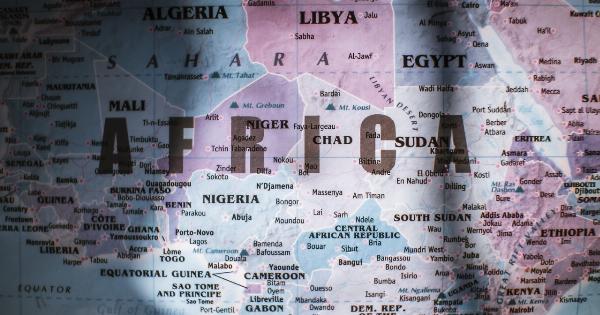When we encounter complex concepts, it’s easy to get overwhelmed. But breaking those concepts down into smaller parts can help us better understand them. That’s where the idea of fragments and syntheses comes in.
What Are Fragments and Syntheses?
In essence, fragments are the smaller parts of a concept. They might be individual ideas or pieces of information that contribute to a larger understanding. Syntheses, on the other hand, are the connections between those fragments.
They are the bigger picture that emerges when we put the pieces together.
Think of it like a puzzle. Each puzzle piece is a fragment, and as we connect them, we begin to see a bigger picture emerge. The final product—the completed puzzle—is the synthesis.
The Benefits of Using Fragments and Syntheses
As we dive deeper into complex topics, it’s easy to become overwhelmed. There may be hundreds of individual pieces of information, each seemingly disconnected from the others.
But by breaking that information down into smaller fragments, we can begin to see connections and patterns that we might not have otherwise noticed. And by synthesizing those fragments, we can form a clearer understanding of the overall concept.
There are several benefits to using this approach:.
- It helps to simplify complex ideas.
- It makes information easier to remember.
- It allows us to see connections between seemingly unrelated pieces of information.
- It encourages critical thinking and problem solving.
How to Use Fragments and Syntheses
So, how can we apply this framework to better understand complex concepts? Here are a few steps to get started:.
1. Identify the fragments.
Begin by breaking the concept down into its individual parts or ideas. These might include definitions, examples, or even opposing viewpoints. Write each of these fragments down on a piece of paper or in a digital document.
2. Look for connections.
Once you have your list of fragments, start looking for connections between them. Ask yourself questions like:.
- How do these ideas relate to each other?
- Do any of them contradict each other?
- How do they fit into the bigger picture of the concept?
As you start to see patterns emerge, jot down notes or make diagrams to visualize those connections.
3. Create a synthesis.
Now that you have a better understanding of the fragments and how they relate to each other, it’s time to synthesize that information.
Look for overarching themes or ideas that emerge from your fragments, and try to summarize those into a bigger picture understanding of the concept.
Examples of Fragments and Syntheses
Let’s look at a few examples of how this framework might apply to different concepts.
Example 1: Evolution
: Fragments
- Natural selection
- Genetic mutation
- Variation within species
- Adaptation to environment
: Synthesis
Evolution is the process by which species change over time in response to their environment. This occurs through natural selection, which allows certain traits to become more prominent within a population.
Over time, genetic mutations and variations within individual organisms can lead to adaptations that improve their chances of survival.
Example 2: Globalization
: Fragments
- Free trade agreements
- Global supply chains
- Increased migration
- Cultural exchange
: Synthesis
Globalization refers to the increasing interconnectedness of economies and societies around the world.
This occurs through the expansion of free trade agreements and global supply chains, as well as increased migration and cultural exchange between nations.
In Conclusion
The framework of fragments and syntheses can be a powerful tool for understanding complex concepts. By breaking information down into smaller parts and looking for connections between them, we can form a clearer understanding of the bigger picture.
This approach encourages critical thinking and problem solving, and can help us remember and apply complex ideas more effectively.





























